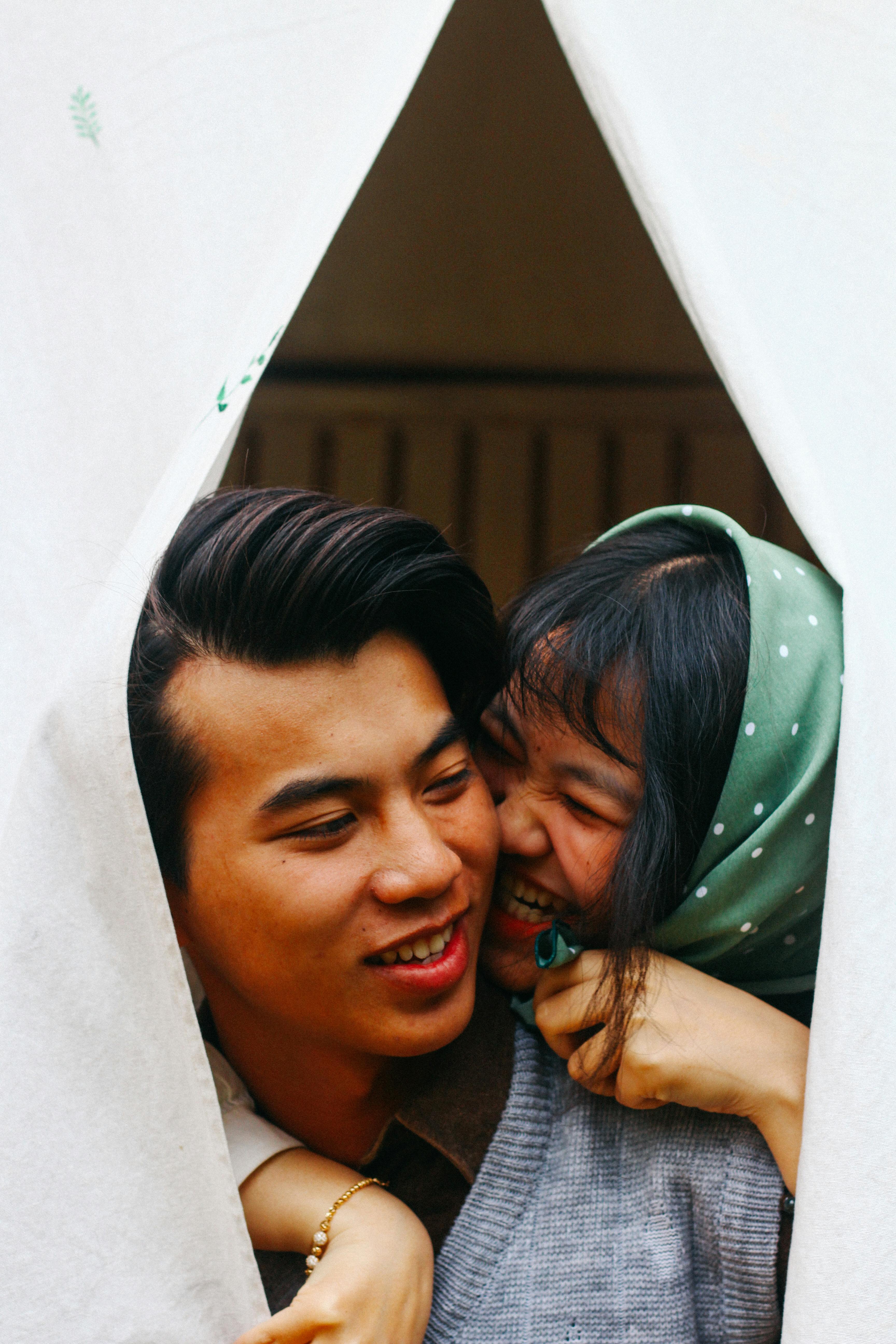From pre-colonial indigenous rites to Catholic, Chinese, and Muslim customs, Philippine marriage customs are a lovely fusion of native and foreign influences https://www.theguardian.com/books/2023/feb/27/ill-always-be-a-bad-feminist-roxane-gay-on-love-success-and-upsetting-piers-morgan. However, despite having a variety of causes, love and commitment are the central themes in all Filipino bridal rites.
A conventional Filipino wedding, such as the pamanhikan, in which the groom’s family pays the bride a visit and fully asks for her hand in marriage https://asiansbrides.com/cebuanas-review, was an extravaganza of folk rituals longer before Spain colonized the Philippines. A babaylan do thank the newlyweds on the first day by holding their joined palms over a dish of rice. After that, the handful went back to their orchard and enjoyed a delicious feast there until the next day.

The majority of households in the Philippines nevertheless adhere to pamanhikan customs now, but they do so with a more contemporary flair. To the babaylan’s home, the bride and groom properly get led on separate processions while frequently carrying meal or flower items. The few did therefore kiss and hug each other as the babaylan likely worship over the wheat dish.
The brides will usually obtain a kalamay rain( a disk of thick rice sweets) from their customers during the reception. The corn is a representation of their vow to remain united throughout their marriage. Additionally, it serves as a way for them to express their gratitude to their friends and family for their assistance and attendance at the ceremony.
The newlyweds will then dance during the money dance, also known as” the dollar dance.” The bride and groom’s friends and family gather in sherengas during this time to party with them while having payments pinned or taped to their clothing. The sum of income amassed represents their gifts and well wishes for the honeymooners.